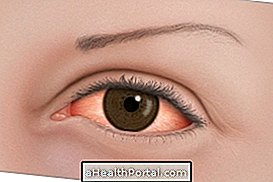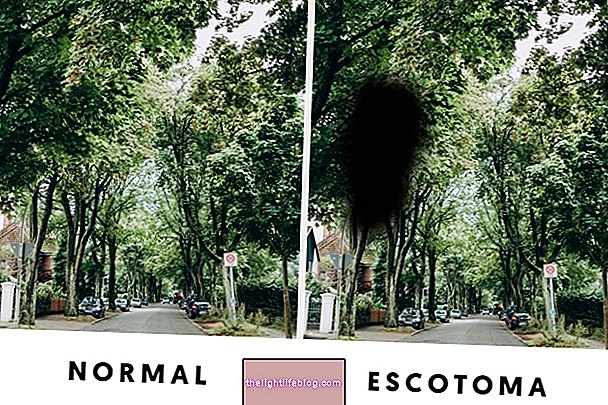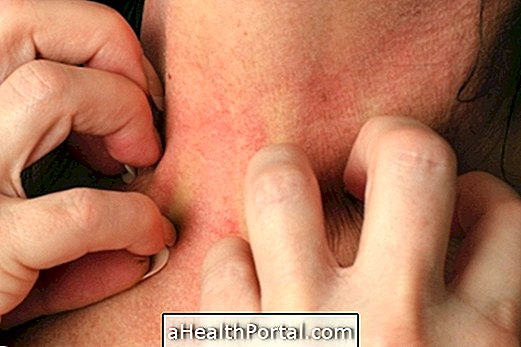Ocular rosacea is considered the V degree of classical rosacea and occurs in about 50% of patients with this disease, causing problems in the eye region, similar to a conjunctivitis which, if left untreated, can result in serious ocular complications. The diagnosis is essentially clinical.
Normally, if the ocular manifestations are analyzed in isolation, they are not sufficient to guarantee the diagnosis of ocular rosacea, therefore, it is necessary to analyze the manifestations in the skin. This explains why ocular rosacea is poorly recognized, diagnosed and treated.


Symptoms of Ocular Rosacea
The symptoms of ocular rosacea vary according to the degree of evolution of the disease, and can be classified as mild to severe, mainly attacking the eyelid, conjunctiva and cornea. The most common symptoms are:
- Redness;
- Lacrimation;
- Feeling of burning and burning;
- Itching;
- Foreign body sensation in the eyes;
- Blurry vision;
- Inflammation of the eyelids and corneas;
- Recurrent cyst in the eyelids;
- Dry eyes.
Treatment for Ocular Rosacea
Treatment for ocular rosacea can be achieved by taking medicines such as systemic Doxacyclin 100 mg, tetracycline, erythromycin and cyclosporine. The disease can be treated and controlled if the person seeks medical care in the early stages, so that the diagnosis can be made early. Thereafter, the treatment will be indicated according to the evolution of the disease, aiming at stopping or, if possible, reversing the condition. It is essential to avoid the risk factors that favor the manifestation of rosacea and to be attentive to the initial symptoms of the disease.





















